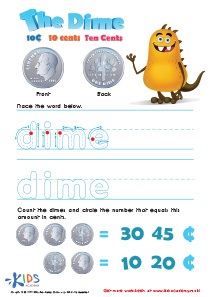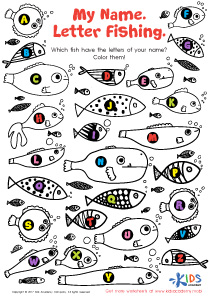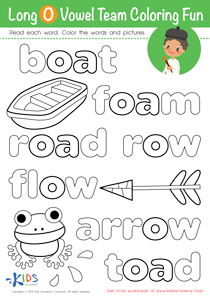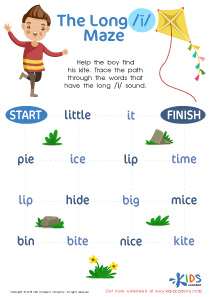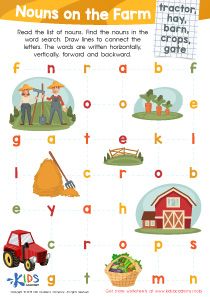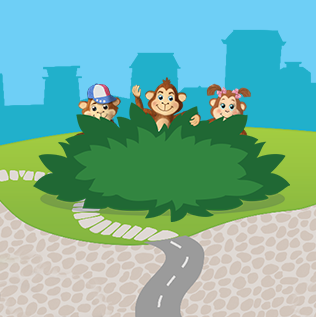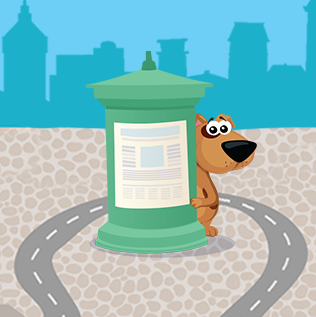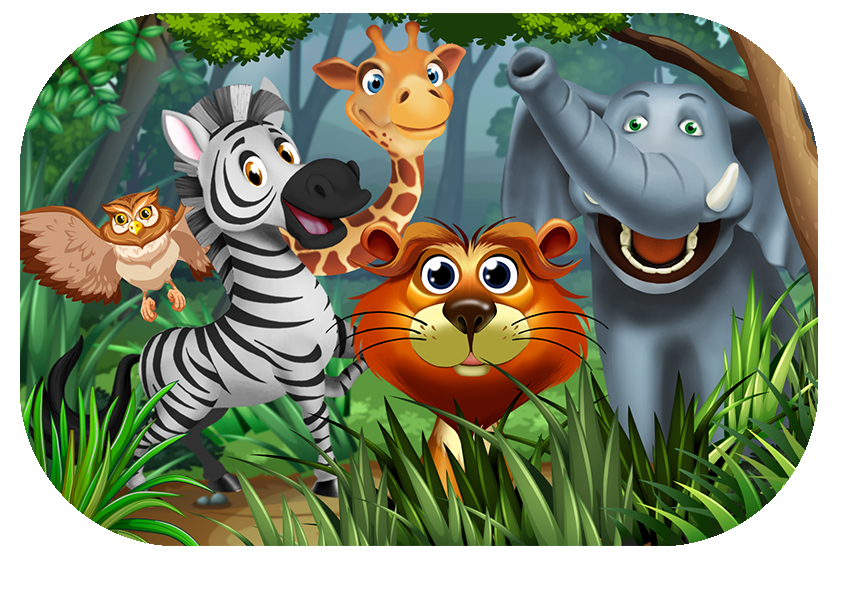English Language Arts Lessons | Word Relationships and Nuances
8 results
Our comprehensive Word Relationships and Nuances Lessons are specifically designed for children in Preschool, Kindergarten, Grade 1, Grade 2, and Grade 3, providing interactive worksheets, educational videos, and assessment quizzes. Our program focuses on teaching children the subtle differences in word meanings and how they relate to one another, helping them to expand their vocabulary, understanding, and ability to communicate effectively. With engaging activities and personalized feedback, our lessons build confidence and proficiency in language arts, while providing a fun and enriching learning experience. Our Word Relationships and Nuances Lessons are the perfect tool for preparing your child for success in school and beyond.
Word relationships and nuances are essential components of vocabulary development for children in Preschool, Kindergarten, Grade 1, Grade 2, and Grade 3. These lessons aim to teach kids how to understand the connections and differences between words through interactive worksheets, educational videos, and assessment quizzes. Implementing these lessons in the curriculum can help children enhance their communication skills, reasoning abilities, and reading comprehension.
The lessons on word relationships and nuances provide children with a broader vocabulary, allowing them to express themselves more accurately and eloquently. For instance, teaching children the differences between words like "big" and "large" or "happy" and "joyful" can help them communicate more clearly and effectively. They will also learn about synonyms, antonyms, homophones, homonyms, and homographs, which are essential for building vocabulary, reading, and writing skills.
The interactive worksheets are beneficial for children in the early stages of learning. They make the process of learning interesting and engaging, with creative activities that make children think critically. These worksheets also include contextual clues that help children understand the meaning of new words.
Additionally, educational videos offer an immersive learning experience that appeals to children's visual and auditory senses. They make learning more fun, memorable, and accessible, leading to a better understanding of the topic. Children who watch these videos gain more knowledge about word relationships and nuances than those who do not.
Assessment quizzes are an essential tool to measure children's understanding of the lessons. They provide feedback on their performance and identify areas where improvement is necessary. By doing so, children can reflect on their learning, correct their mistakes, and progress towards achieving the learning objectives.
Incorporating word relationships and nuances lessons in the curriculum can benefit children in various ways. Firstly, it can help children develop critical thinking skills. To understand the relationships and differences between words, children need to analyze and compare them. This process of analysis is critical in developing children's reasoning abilities, which will be beneficial for them in their later academic years.
Secondly, word relationships and nuances lessons improve children's reading comprehension skills. By understanding the connections and differences between words, children can comprehend the meaning of what they read better. They can also use context clues to infer the meaning of new words, leading to faster and better reading comprehension.
Lastly, these lessons also help children in their writing skills. Children who have a better understanding of word relationships and nuanced language can produce more structured, coherent, and descriptive writing.

